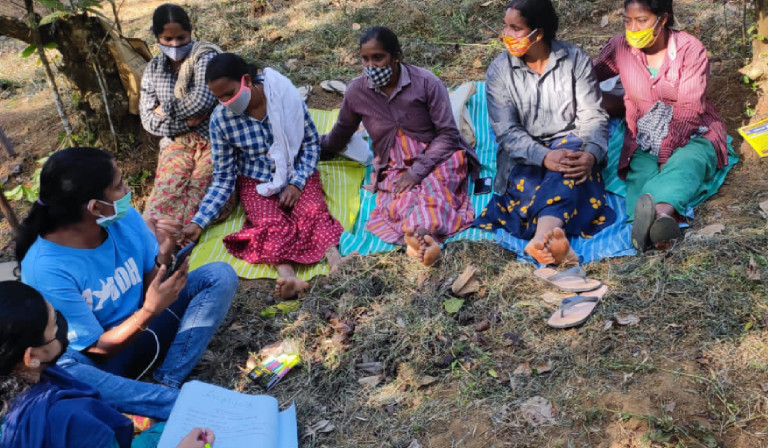Reconstructing the events led to the 2023 South Lhonak Glacial Lake Outburst Flood (GLOF) in Sikkim, India

On October 4, 2023, the South Lhonak Lake (SLL), attached to the South Lhonak Glacier, surrounded by its lateral and terminal moraines, in the Sikkim Himalaya, India suffered a catastrophic Glacial Lake Outburst Flood (GLOF) flooding the Teesta River downstream, killing 42 people. The lake has been developing and has been stable since the early 60s as seen from satellite observations. However, the causes for this GLOF event is poorly understood. Here, We quantify the six decadal evolution of the SLL and map the various geomorphic landforms surrounding the lake using multi-temporal and multi-platform satellite imagery and top climatic observations from satellites and reanalysis data. South Lhonak Lake (SLL) is attached to the South Lhonak Glacier, surrounded by its lateral and terminal moraines. In the past, this entire system formed a single compound glacier, but it has since fragmented into different glaciers, including North Lhonak Glacier and its Lake and Lhonak glacier on the northwest side.The Next line should talk about what the DEM elevation over time shows from the 1970-83 period to 2015-2023 period, suggesting an increase/decrease in glacial volume with decreasing altitude. We show that the region around the lake experienced a rain-on-snow event with maximum precipitation up to 60 mm on 30 September 2023 and consistent rainfall up to 20mm per day till 3 October 2023. Combined with the geomorphic evolution of the lake, we reconstruct and characterise the geomorphic and top climatic causes that led to the GLOF. The occurrence of a rain-on-snow event, coupled with elevated air temperatures, is highly probable to have resulted in substantial snow and glacial melt in the higher elevations surrounding the lake. Additionally, the presence of permafrost in these areas further supports this hypothesis. The melted water likely infiltrated into the terrain, potentially leading to slope destabilisation and the initiation of mass wasting events such as landslides and debris flows. The subsequent deposition of materials into the lake, combined with various other factors, could have played a significant role in triggering the glacial lake outburst flood (GLOF).
Name of the Indian Collaborators
- Pradeep Sreenivasalu, Research Scholar IISc, Bangalore, pradeepsrini@iisc.ac.in
- Dr. Atanu Bhattacharya, Associate Professor, JIS, University , Kolkata, atanudeq@gmail.com
Name of the International Collaborators
- Dr. Vishnu Nanadan , Research Scientist, University of Calgary, nandan87@gmail.com
- Prof. Tobias Bolch, Professor, Graz University, Astria, tobias.bolch@tugraz.at
Publication Details
- Reconstructing the events led to the 2023 South Lhonak Glacial Lake Outburst Flood (GLOF) in Sikkim, India







